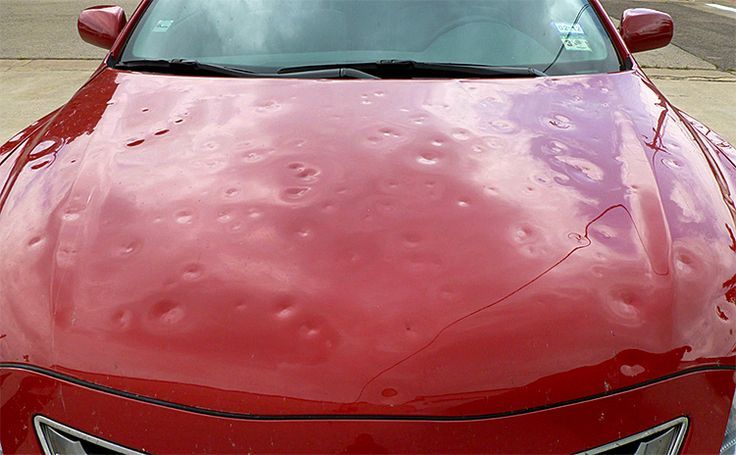Five Things to Consider Before Buying a Hail-damaged Car
Five Things to Consider Before Buying a Hail-damaged Car
If you’re in the market for a used car, you may have come across some hail-damaged cars. While these cars might seem like a great deal, there are a few things to consider before going ahead with the purchase.
What Makes Hail-damaged Cars Different?
Hail-damaged cars may have dents and other exterior defects, but they rarely have heavy internal damage that make them unsafe to drive.
However, water-damaged cars are often structurally unsound—the frame or other major parts of the car may be warped or rotted. The same goes for vehicles that have been in major accidents. These cars are often totaled because they’re not safe to drive.
What to Look for in a Hail-Damaged Car?
Cracked Paint
A vehicle that has cracked paint would require more invasive repair methods. This can also be an indicator that the damage goes deeper than cosmetic issues.
If the car’s paint is still intact, though—even though it has a ton of dents—it may be eligible for Paintless Dent Repair (PDR). Compared to traditional dent repair, this is a less costly, less invasive auto hail repair method.
Accessible Vehicle History Records
Checking a vehicle’s history records gives you an idea of how extensive the damage is and whether or not it has been repaired properly.
Wondering how much does hail damage devalue a car? The history records can be a reliable reference for an appropriate valuation since different kinds of damage dictate various levels of price change.
You can access a car’s history records through sites like CarFax and AutoCheck.
Warranty Exclusions
It’s important to check the warranty and read the fine print to see if hail damage excludes or voids the warranty.
Most warranties only include equipment failure due to regular vehicle use—and hail damage may void the warranty entirely. This would make it difficult to get warranty coverage for broken parts or repairs unrelated to the hail damage.
Hail Dents on the Body’s Lines
When you’re looking at hail damage, it’s advisable to inspect more than just the dent’s size, but also where it’s located on the car.
Dents on body lines or in other difficult-to-repair areas may be more expensive to fix than easily-accessible dents. Body lines can be difficult to match when repairing hail damage and require special tools or expertise.
Possible Interior Water Damage
A hail-damaged car can also possibly have water damage. Water can seep into the car through cracks and dents, and cause mold or mildew to grow.
To check for water damage, look for stains on the ceiling or upholstery, musty smells, or discoloration of metal parts.
If a car has water damage, it’s generally recommended to look for a different car.
Conclusion
Hail-damaged cars can be an affordable alternative to buying a new car, but they should be inspected carefully before making a purchase. By keeping an eye out for these five indicators of potential issues, you can make sure the hail damage is only cosmetic and won’t impact the vehicle’s value or performance.
